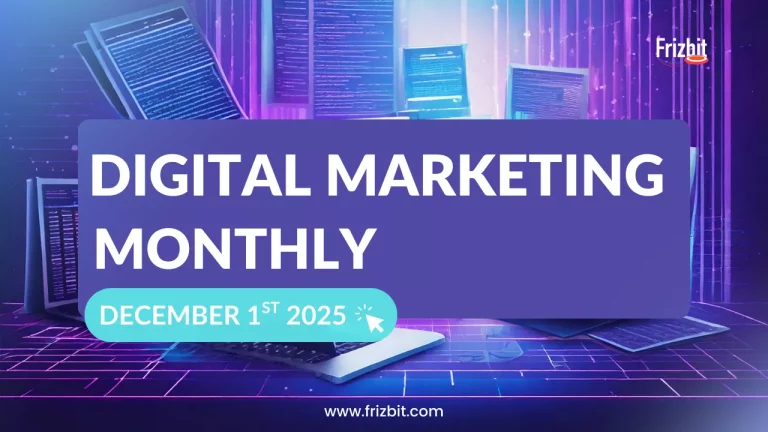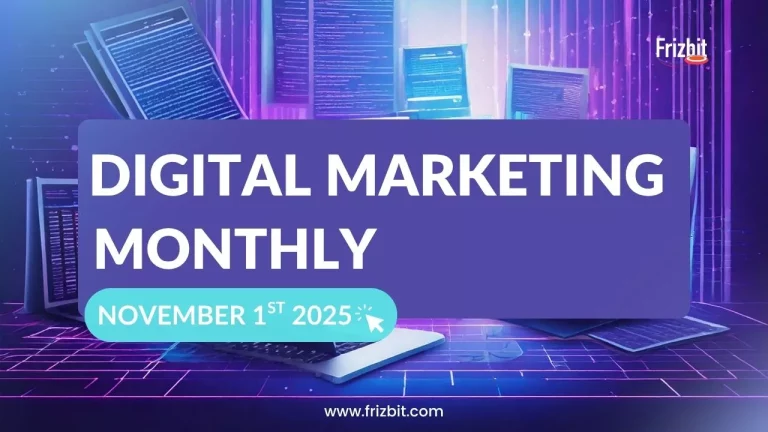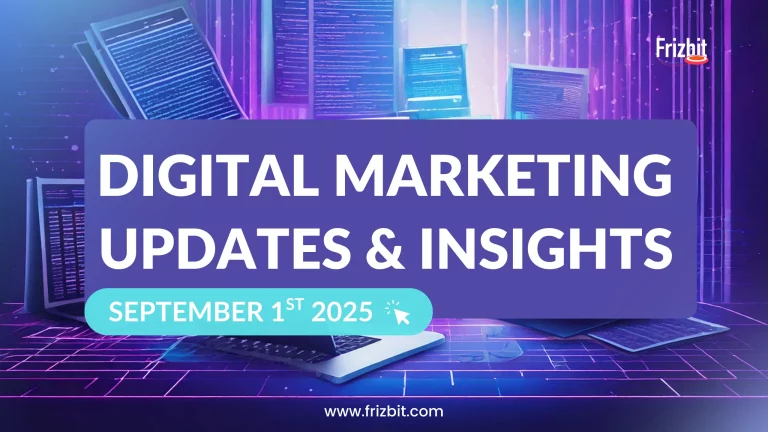From new products to strategic partnerships, this month has been a busy one for digital marketing.
During January, the social media updates definitely caught up our attention. On one side, Twitter is introducing a new model of membership to earn the verification status (A.K.A. exclusivity has a price point in today’s world).
On the other side, there’s a big controversy towards privacy data and cookies settings with the two giants, TikTok and Meta. We’ve said it multiple times before and is that the cookieless future is approaching sooner than we might think, and this recent news is proof of this.
With so much going on in the industry, it can be difficult to keep up with the latest news. That’s why if you wish to stay up to date with the latest news, keep on reading to find out how is the year starting off in the digital marketing world.
Digital Marketing News & Updates from January 2023
CONTENT
Search Marketing Updates
-
Microsoft Bing comeback with the partnership of the year with ChatGPT
-
An answer from Google on how long it takes to recover from algorithmic penalties
-
Twitter launches a beta Search Keywords for ads to all advertisers
Tech Marketing Updates
-
The number one marketing channel for business leads remains email according to the new white paper from Sopro
-
ChatGPT alternative, launched by startup Andi
-
Twitter adds payment for Twitter Blue
Social Media Updates
-
Meta launched their VR app which allows you to connect your heart rate (and collecting data about it)
-
YouTube Shorts monetizing is (finally) being introduced in Feb of 2023
-
The EU is putting their foot down & questioning TikTok’s regulations
Updates from Frizbit
Search Marketing Updates
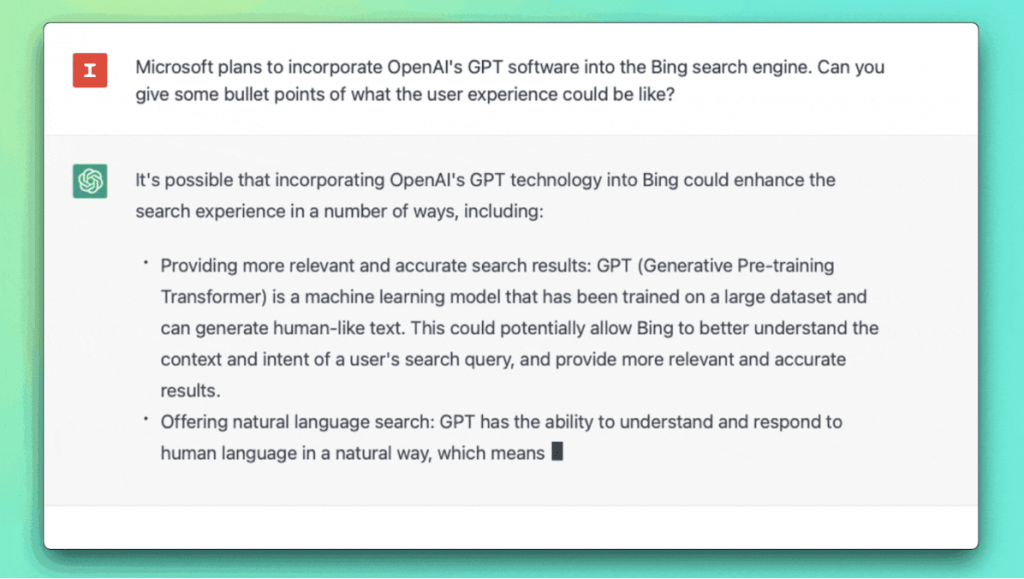
Source: Real answer from OpenAI’s ChatGPT. Credit: Shane Burke
Generative-AI comes strong as mentioned at top digital marketing trends for 2023, and the recent news is just proof of it. Aside from the controversial conversations, AI is bringing to the table for digital marketing professionals, it now has entered the search marketing landscape.
In a blog post, Microsoft said that it planned investments in the deployment of specialized supercomputing systems to accelerate OpenAI’s AI research and integrate OpenAI’s AI systems with its products while “introducing new categories of digital experiences.”
How would the integration between Microsoft Bing and ChatGPT work?
By including artificial intelligence from OpenAI, it would allow Bing to answer search queries with complete and structured sentences rather than the traditional listing of links. By doing this, users would finally get more humanlike answers to questions, competing directly with the widespread knowledge directory that Google is known for. This partnership comes as no surprise, given that since 2019 Microsoft has been a solid investor in the AI business.
One thing is certain is that this new update will improve the user experience by proving more accurate results by understanding the context the user is searching from.
Although it is unclear whether the service will be powered by the current version of GPT, this new feature might actually represent a threat to Google and impose a significant competitive advantage on Bing.

Source: Deposit Photos
Google has revealed how long it takes for a site to become eligible to rank again after content quality issues are fixed. However, as enlightening as it sounds, the new office-hours format from Google doesn’t allow for follow-up questions, resulting in ambiguous answers.
The original question quoted:
“…if a website gets algorithmically penalized for thin content, how much of the website’s content do you have to update before the penalty is lifted?”
With the new helpful content guide, the addition of experience to the E-A-T ranking system and other recent search updates, it is only natural for content owners to worry about new penalties and restrictions. And although this concern might be the same one that other thousands of creators have, it lacks context. And there, is exactly where the interpretation of the response from Google becomes critical.
The answer Google provided was:
“Well, it’s generally a good idea to clean up low-quality content or spammy content that you may have created in the past. For algorithmic actions, it can take us several months to reevaluate your site again to determine that it’s no longer spammy.”
The short answer we get from that question is that it takes months for Google to reevaluate the quality of a site. As a result, fixing all low-quality content should be a priority. Following that, it may take a few months to regain visibility in the search engines.
The main big whole about this penalty lies in the fact that assessing quality, in general, is not very easy, as the judgement needs to come from a place of impartiality comparing that website in regard to other sites online.
As a reminder to watch the quality of your content, in this video, Aurora Morales, transparent policy responsible at Google, indicated that:
“ The sites that don’t meet the monetisation or organic search guidelines might face being removed from the Search index and have their ads disabled”
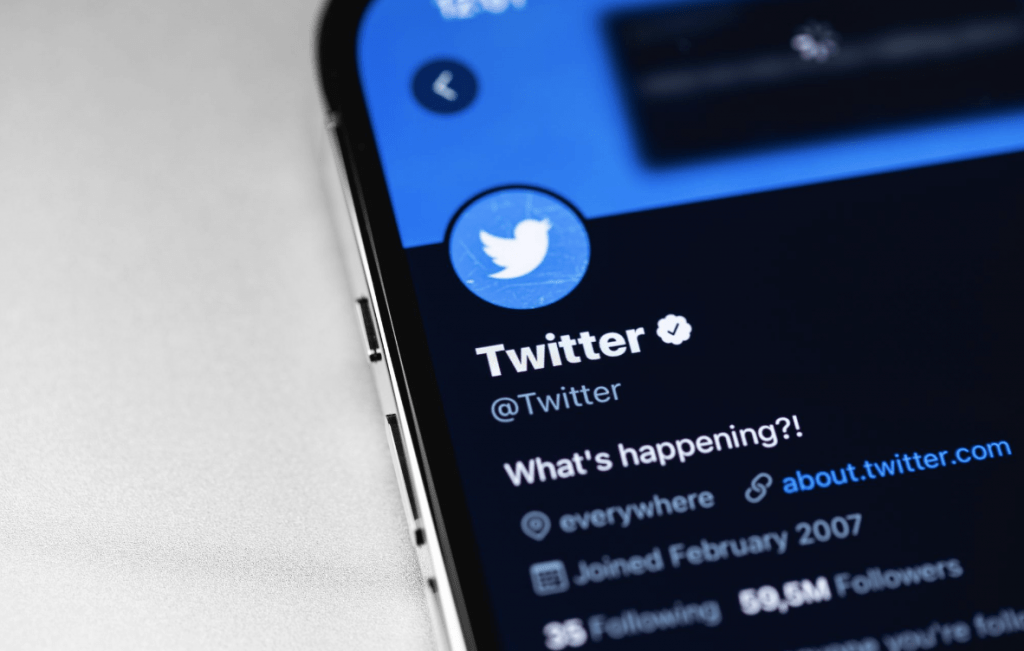
Source: Deposit Photos
Twitter is introducing a new ad unit called Search Keywords Ads, which allows advertisers to pay for their tweets to appear in search results for specific keywords. The company has been testing the ad unit for a few months now and has seen an increase in click-through rates over standard Promoted Tweets.
Search Keywords Ads are similar to promoted tweets, but with the added benefit of appearing in search results. Now, as we see it from a digital marketing point of view, the biggest advantage for businesses is that by exposing sponsored tweets to users searching for specific keywords, advertisers can reach a wider audience.
Search Keywords Ads are a new Conversion ‘campaign objective’ in the Twitter Ads interface.
For now, these campaigns will optimize only for conversions to advertiser websites, and they require the integration of the Twitter Pixel or Conversion API (CAPI) to maximize relevance. pic.twitter.com/xCowp8yvfL
— Twitter Business (@TwitterBusiness) January 25, 2023
Advertisers can find Search Keywords Ads as a new campaign objective within the Twitter Ads interface. As the company states in the tweet above, the new Search Keywords Ads objective is designed to drive conversions to advertiser websites.
Twitter says that this new ad unit is designed for advertisers who want to reach people searching for specific keywords on its platform, rather than just those searching for anything in general.
With this specific approach to promoting ads, Twitter Search Keywords will become soon the new favourite platform to advertise. This can potentially be a significant revenue generator for Twitter, which the company needs as its user growth slows down and it struggles financially.
Marketing Tech
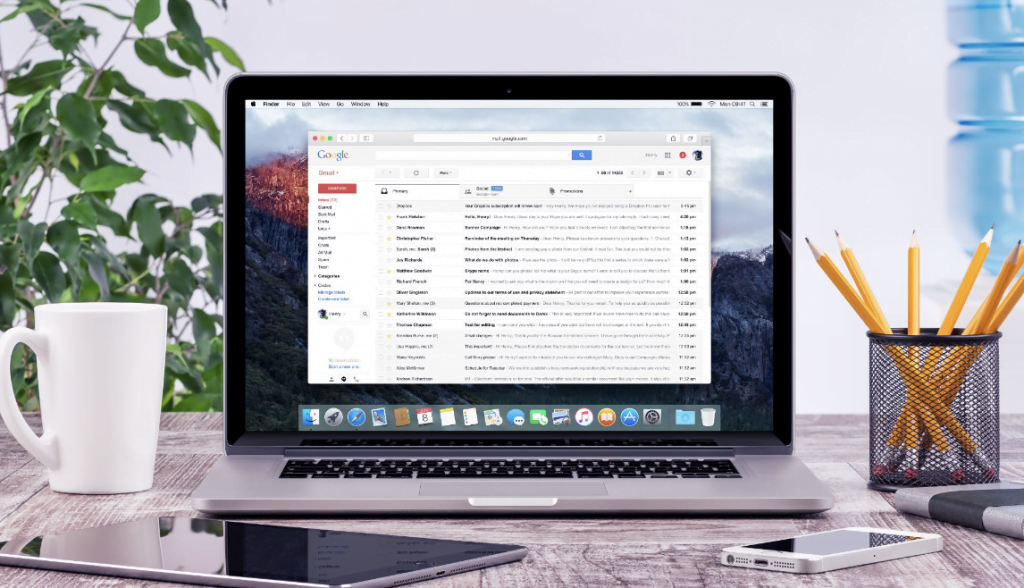
Source: Deposit Photos
If you were thinking about ditching email marketing in 2023, here is your reminder to remain cross-channel starting with this medium.
Email remains the top marketing channel for business leads, as revealed by Sopro’s new white paper The State of Prospecting 2023.
The white paper also reveals that 77% of B2B buyers prefer to be contacted over email – more than double any other channel. This preference for email is consistent across all industries and regions, with 90% of respondents stating that they prefer to receive communications via email, compared with just 3% who prefer social media channels such as LinkedIn or Twitter.
As Ryan Welmans, CEO and Co-Founder of Sopro states:
“What this report does show is that the personal touch is still very much valued, whether that is a bespoke email, a face-to-face meeting or hosting a webinar or event to share information and knowledge. The personal approach is very much essential when it comes to marketing and engaging with new customers.”
Despite this high level of preference for email among buyers, marketers believe that other channels are more effective at generating leads than email: 59% believe that PPC (pay-per-click) advertising is twice as effective at generating new business prospects than email; 54% feel paid search ads are twice as effective; while 51% say the same about social media advertising in general.
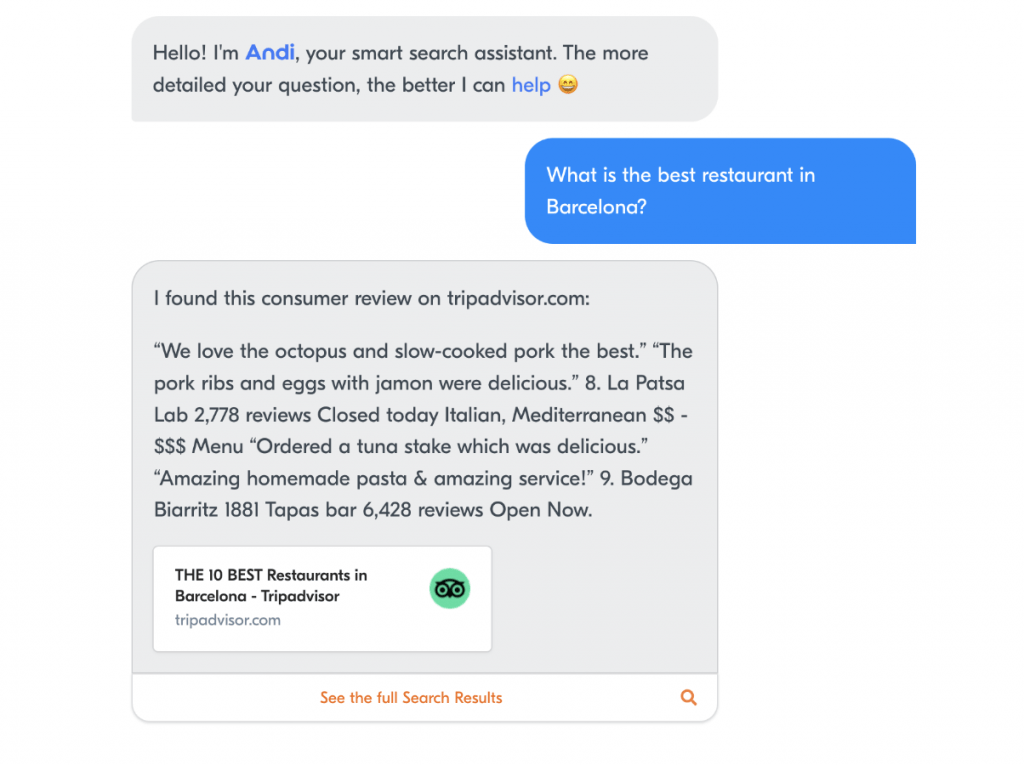
Source: Screen Shot of the author
The company building the next generation of search announced today that, following a months-long stealth period during which it attracted 50,000 users by word of mouth, Andi is now available to everyone.
If you’ve never heard of Andi, we are sure you won’t forget it, as Andi is the new chat GPT alternative app with Gen Z in mind. Targeting the same primary audience, the platform becomes then a direct competitor to TikTok and provides users with content that they can engage with directly through the app, without having to leave it.
As Andi co-founder, Angela Hoover said:
“Gen-Z hates Google. To us, search is broken. We live on our phones in messaging apps with visual feeds like TikTok and Instagram. Traditional search engine results are overwhelmed with ads, SEO, spam and clutter. We hate the invasive, creepy ads, and how Google is Big Brother and surveils everything. Gen-Z is so desperate for an alternative that we’re using TikTok as a search engine.”
What makes Andi different from ChatGPT?
As we mentioned before, this platform takes the interests of Gen Z, therefore it provides a much richer visual and conversational experience on mobile. It’s more human-like and has the full potential of becoming a strong competitor for other search engine platforms.
On the other hand, while some AI search tools deliver inaccurate information, Andi is different in this area too. Its generative AI searches for relevant information from multiple sources, filters out low-quality results, summarizes them into concise answers and even links back to those sources, so you can read more if you want (or not).
Regarding data privacy, it is also quite progressive and aligned with the current trends as it currently doesn’t log or track the queries, giving users the power to remain completely anonymous. P.S. …don’t say we didn’t warn you about the cookieless future coming ahead!
As Gen-Z enters the marketplace as consumers, this app can become relevant if you want to rank higher for this type of user. The app is great as it is designed for those who tend to prefer mobile devices over other forms of communication and information gathering, this is a convenient way to get quick answers on the go.
-
3. Twitter adds payment for Twitter Blue
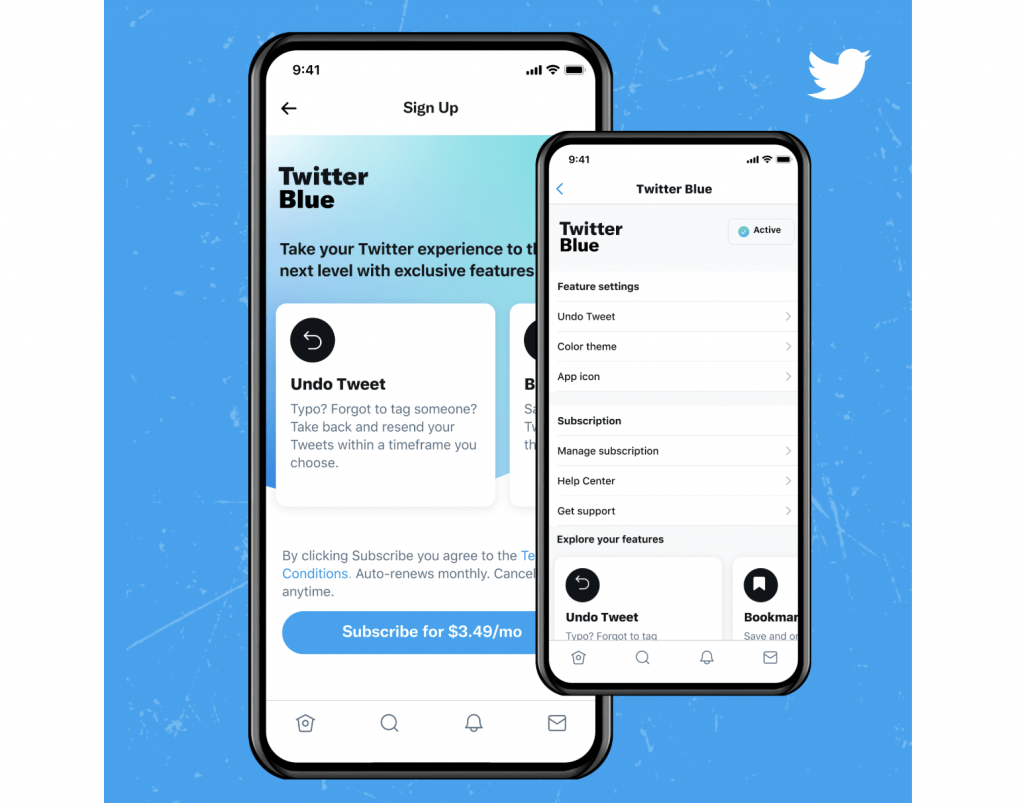
Source: Twitter Blue
If you are a Twitter Blue Fan, now you can lock in your paid verification checkmark for a whole year. Exclusivity now is a price to be paid thanks to this subscription, where aside from getting verified, once you are approved, you can enjoy early access to new features from the app.
Although this surely has a positive impact on those accounts, creators and businesses dreaming about the blue verification, it also generates an overall feeling of discontent in regard to actually earning and becoming notable, rather than just paying for it.
Having said this, and to mediate possible objections, Twitter assures that all the paid subscribers will get early access to all the features, however, they claim to maintain the blue mark exclusive for those accounts that meet the eligibility criteria.
Even though the company has made it clear that still eligible filters apply, there’s some ambiguity to this initiative. With this, now the blue mark might have two meanings, and there’s no way to distinguish between both.
After the update, it can mean that the brand previously earned it by standing out and being authentic, but it can also mean that the account applied and paid for it.
Regarding its business model, prices differ from Android to iOS (in order to avoid the 30% increase in app fees in Apple) and by region, too. For the moment, the release is only available in the US, Canada, Australia, the UK, and New Zealand.
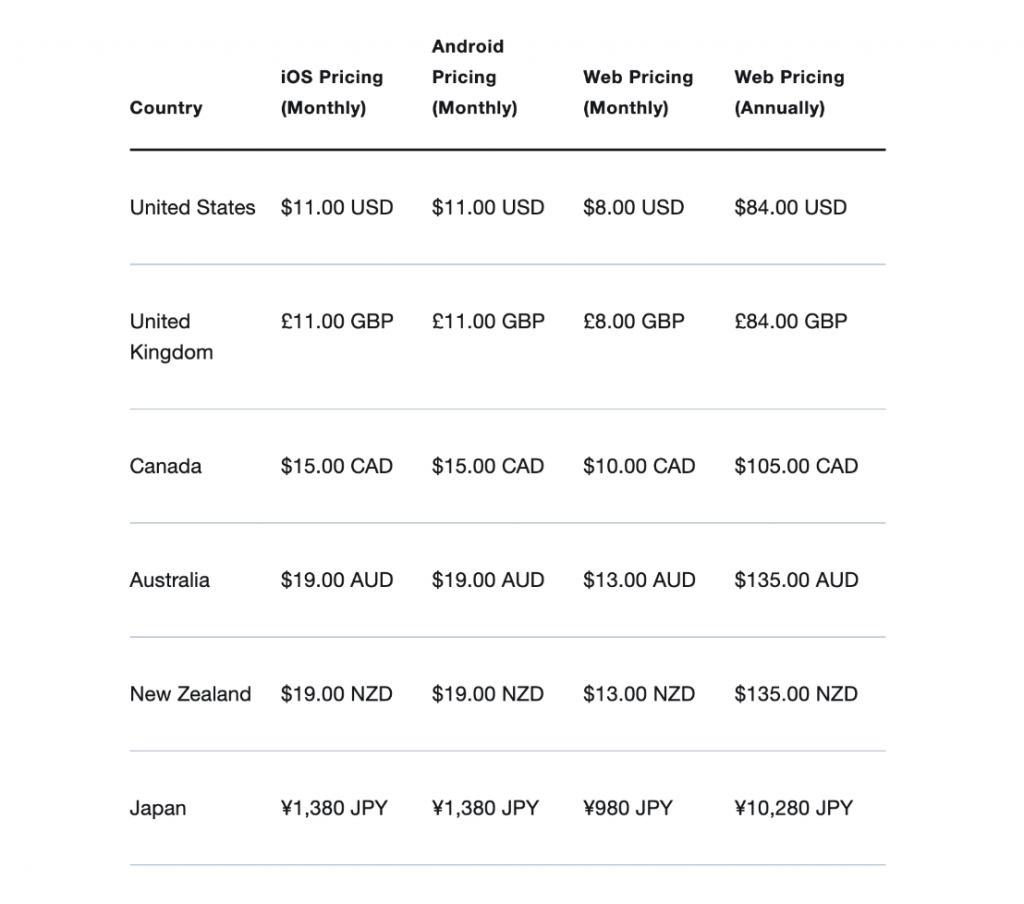
Source: Twitter Blue
The real question here is, is it really worth paying for a distinction that is no longer entirely exclusive? Does it really give you a higher status, not earning it by merit?
Social Media Marketing
-
1. Meta launched their VR app which allows you to connect your heart rate (and collecting data about it)
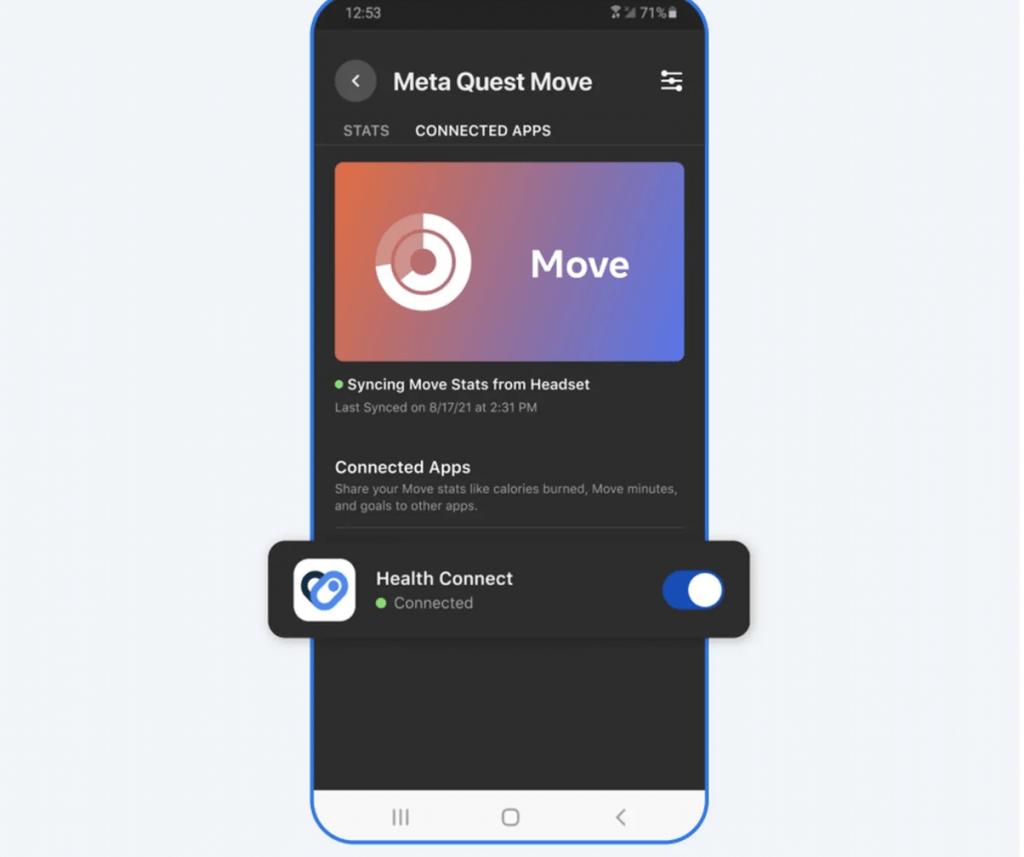
Source: Meta
Meta has launched a new feature for its Quest VR headset, allowing you to connect your heart rate.
The company is adding two new fitness-related features to the Meta Quest. The first is Health Connect integration, meaning Android users can finally sync their Quest workout data automatically.
The second new feature allows you to link your Quest Move VR workouts to Google Fit without having to do anything (it’s unclear if there will be an iOS version). This means that when you finish one of these workouts in the app, it will automatically export all of your stats into Google Fit where they can be viewed by other apps like Strava or Runkeeper. Say hi to indirectly unauthorised data sharing.
It all sounds great, more integration to keep everything connected and running smoothly. However, what happens with data privacy?
Let’s mention that with these integrations you’ll also be agreeing with Google’s terms of service, as well as any other third-party fitness or health app you connect through Health Connect. You might be providing access rights so that these companies could potentially use personal information from the profiles of users.
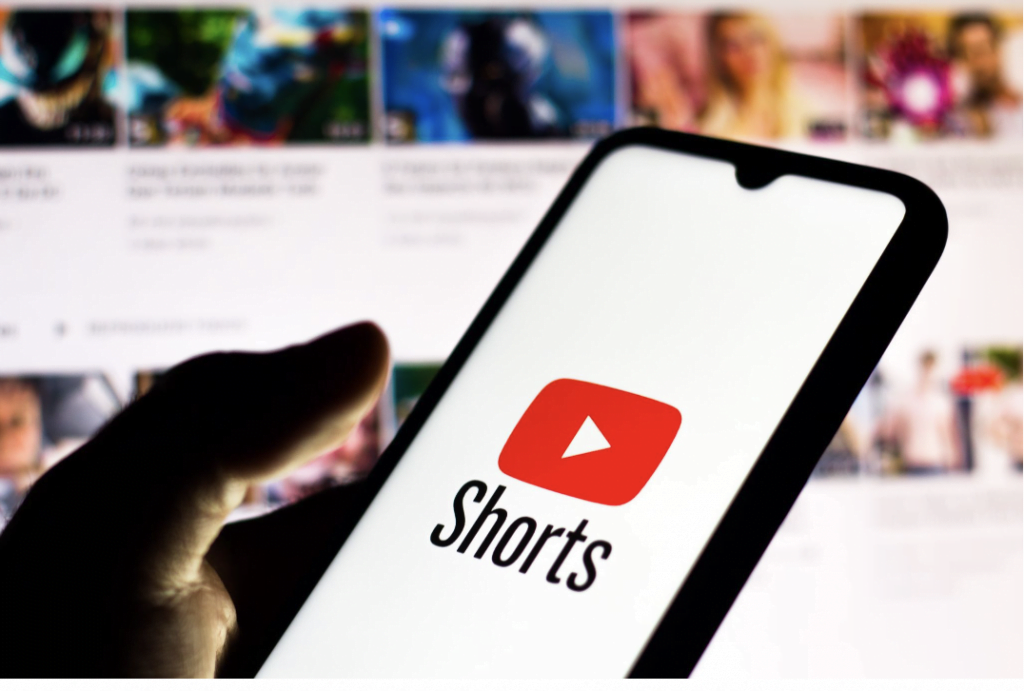
Source: Deposit Photos
YouTube is finally launching monetization for its short-form content. The program will launch in February 2023 and will be available to all creators with 1,000 subscribers or more and 10 million Shorts views
As per YouTube:
“Starting February 1st, 2023, monetizing partners will be able to earn money from ads that are viewed between videos in the Shorts Feed. This new revenue sharing model will replace the YouTube Shorts Fund.”
The challenge with short clips is that you can’t directly monetize them through pre- or mid-roll ads like regular video uploads, so YouTube has been working on a solution. This is a significant development for creators in the space who have been waiting for this feature since it was announced last year.
On the other hand, this update also positions YouTube Shorts one step closer to TikTok competing to target content creators, as contrary to TikTok, the platform does share the revenue directly with creators.
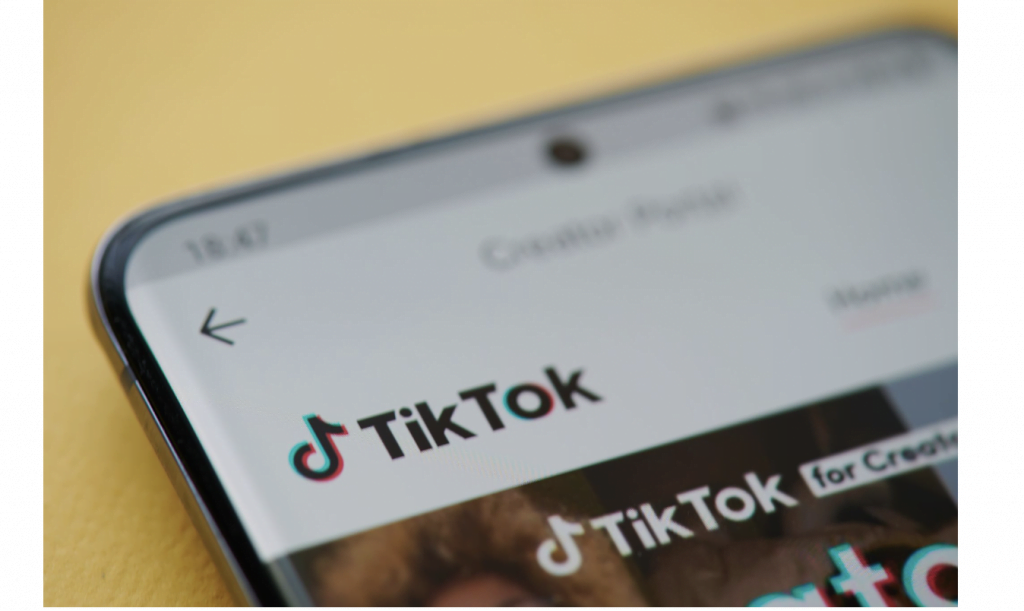
Source: Deposit Photos
The EU is putting their foot down & questioning TikTok’s regulations.
TikTok is causing speculation over security in the US for months now and has recently been fined by France for manipulative Cookie policies, the EU is putting their foot down & questioning TikTok’s regulations.
It is suspected that TikTok, whose parent company, ByteDance, is headquartered in Beijing, can provide sensitive data from private citizens to the Chinese government and spread communist propaganda through its algorithm of recommendation.
While TikTok has vigorously contested these claims, a relentless series of media revelations have added fuel to the fire, pushing the app into a national security realm.
A special revelation comes after TikTok admitted that several staff members had accessed the data of two journalists on the platform to contain a media leak. According to CNN, TikTok also stated that “the individuals involved misused their authority to access TikTok user data,” adding, “This is unacceptable.”.
Adding up to the previous statement, TikTok said in that same privacy update that certain company employees outside of Europe would be permitted “remote access” to European user data, including China within these regulations. This was justified since the company is operating a “global platform designed to share joyous content”.
As a solution, in addition to complying with strict security controls and approval protocols, workers will manage this data in accordance with the EU’s landmark General Data Protection Regulation (GDPR).
TikTok has certainly put its best efforts into managing the situation, but one thing is certain and is that with younger generations accessing the platform, it comes greater responsibility in managing the data protection and privacy of all the users.
Updates from Frizbit
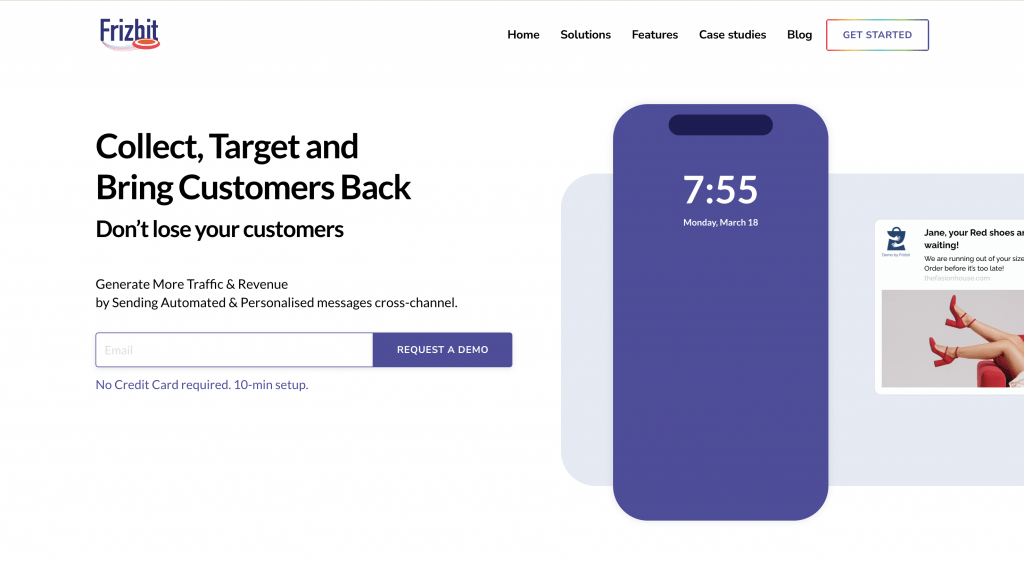
2023 has started with many things happening behind the scenes at the Frizbit backend.
We have started this year being quite busy and excited as we are refreshing our digital home (a.k.a. website) and we are sure you are going to love it.
Our brand has evolved and with it, our capacity to impact different industries and our website will reflect just that. This new change is part of the many updates we have envisioned for this year, and as always keeping our customers in mind is the main motto behind our updates.
Stay tuned for more information about this project launching soon!

